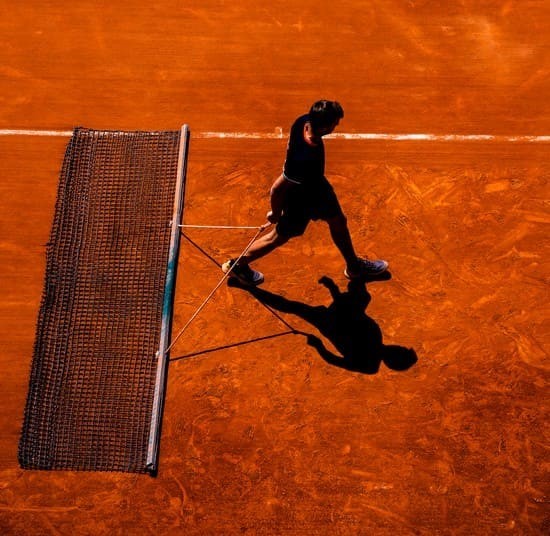A tennis match on clay keeps no secrets. The red
canvas is clean to start. Then, with each step, slide, and bounce of the ball,
two players paint the story. Over several hours, tennis becomes a form of
abstract expressionism.
اضافة اعلان
A ball mark at the corner of the service line or a streak
cleared of surface level dust could represent any number of outcomes: the
heartbreak of a double fault; the end of a dash to a drop shot; the turning
point in a match; or the difference between a game or a set won or lost.
Players use words like “organic” and “alive” to describe the
brick-colored clay at Roland Garros in Paris. During a match, the earth beneath
their feet kicks up and can feel in perpetual motion.
“When you step out on a newly made clay court that is clean,
all the lines are perfect. It makes for a very pleasing visual experience,”
Stefanos Tsitsipas said.
“But there’s also beauty when the courts are dirty and
messed up and you can see all of the footwork and effort that has been put in
and you have a visual of that, of how much work has been put in in order for
you to succeed in what you do.”
 A groundskeeper
prepares one of the clay courts at Roland Garros in Paris, site of the French
Open, on May 31, 2023. The end of each set brings a new beginning on a freshly
swept court. “Those rituals, I have seen them over and over again,” says
Stefanos Tsitsipas. “I have done it a thousand times myself.” No longer of
course, but “it’s kind of ingrained in me, and it’s part of my identity.”
A groundskeeper
prepares one of the clay courts at Roland Garros in Paris, site of the French
Open, on May 31, 2023. The end of each set brings a new beginning on a freshly
swept court. “Those rituals, I have seen them over and over again,” says
Stefanos Tsitsipas. “I have done it a thousand times myself.” No longer of
course, but “it’s kind of ingrained in me, and it’s part of my identity.”
Tennis is a sport for people with short memories. Players
have to focus on the next point, never dwelling on the one that has just
passed. It’s easier said than done, especially on clay, where what just
happened is imprinted. “A cleansing of the soul,” Tsitsipas said. “A spiritual
type of surface,” offering a chance to start anew.
The marks may show a good-looking series of serves for a
club player. For a professional at the highest level, though, it’s likely not
good enough. Just a little too short, allowing an opponent to jump in and
swing.
A dirty baseline is one of Rafael Nadal’s pet peeves.
Missing this year’s tournament with an injury, Nadal, the winner of 14 French
Open titles, was constantly pushing loose clay off the tape. For other players
a clay court, like life, can be messy.
A tennis court without lines is a painting without a frame.
Marks made by the ball and the pursuit of it are the brushstrokes, telling a
story of angles, speed and power, mistakes and, sometimes, perfection.
The end of each set brings a new beginning on a freshly
swept court. “Those rituals, I have seen them over and over again,” Tsitsipas
said. “I have done it 1,000 times myself.” No longer of course, but “it’s kind of
ingrained in me, and it’s part of my identity.
Read more Lifestyle
Jordan News



